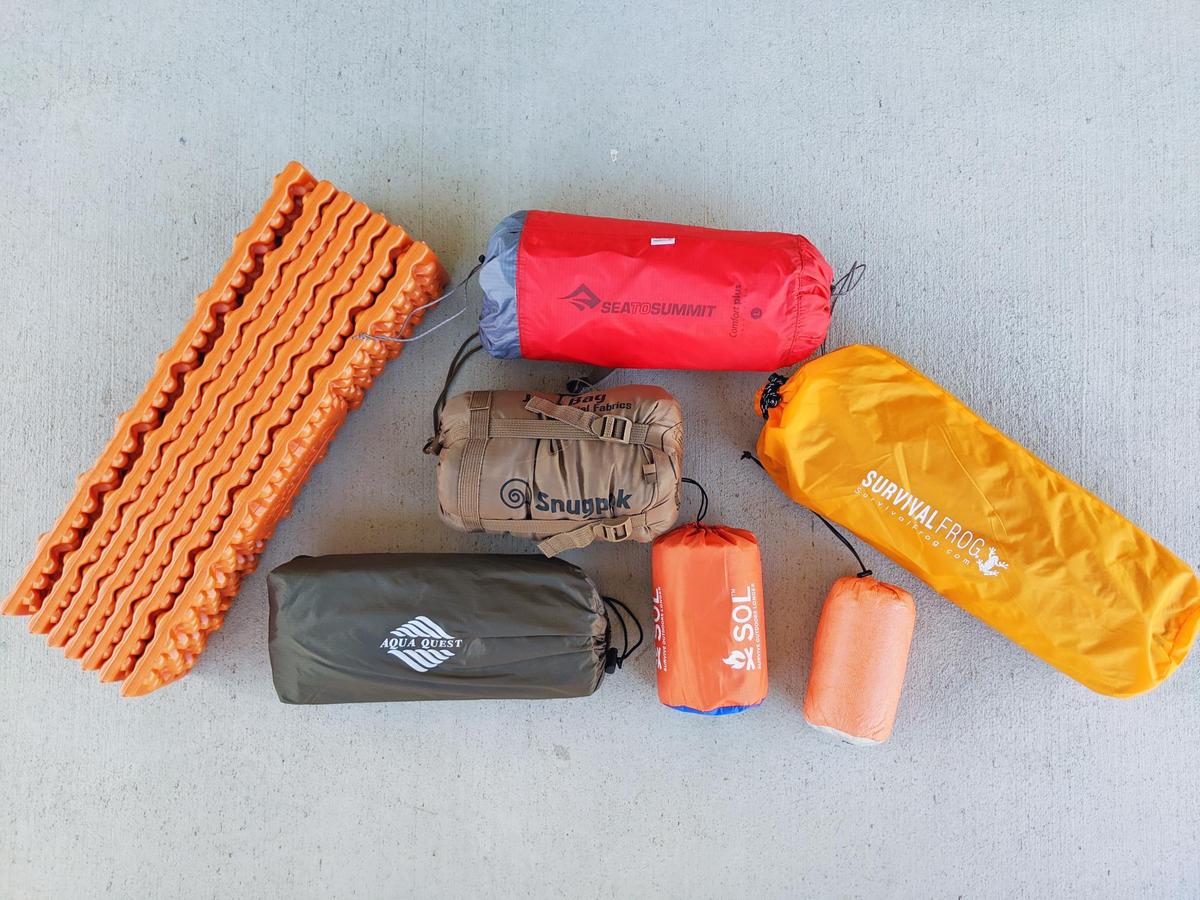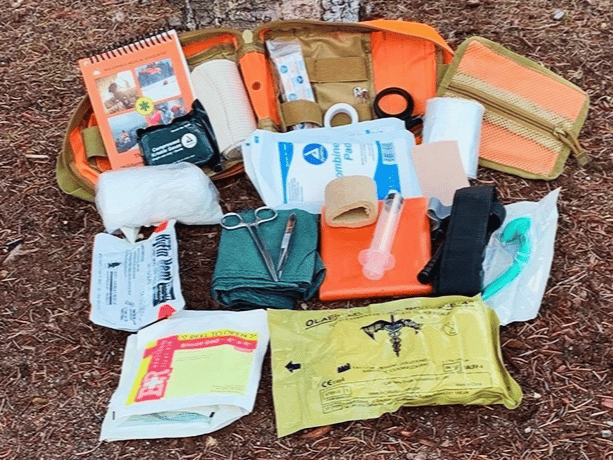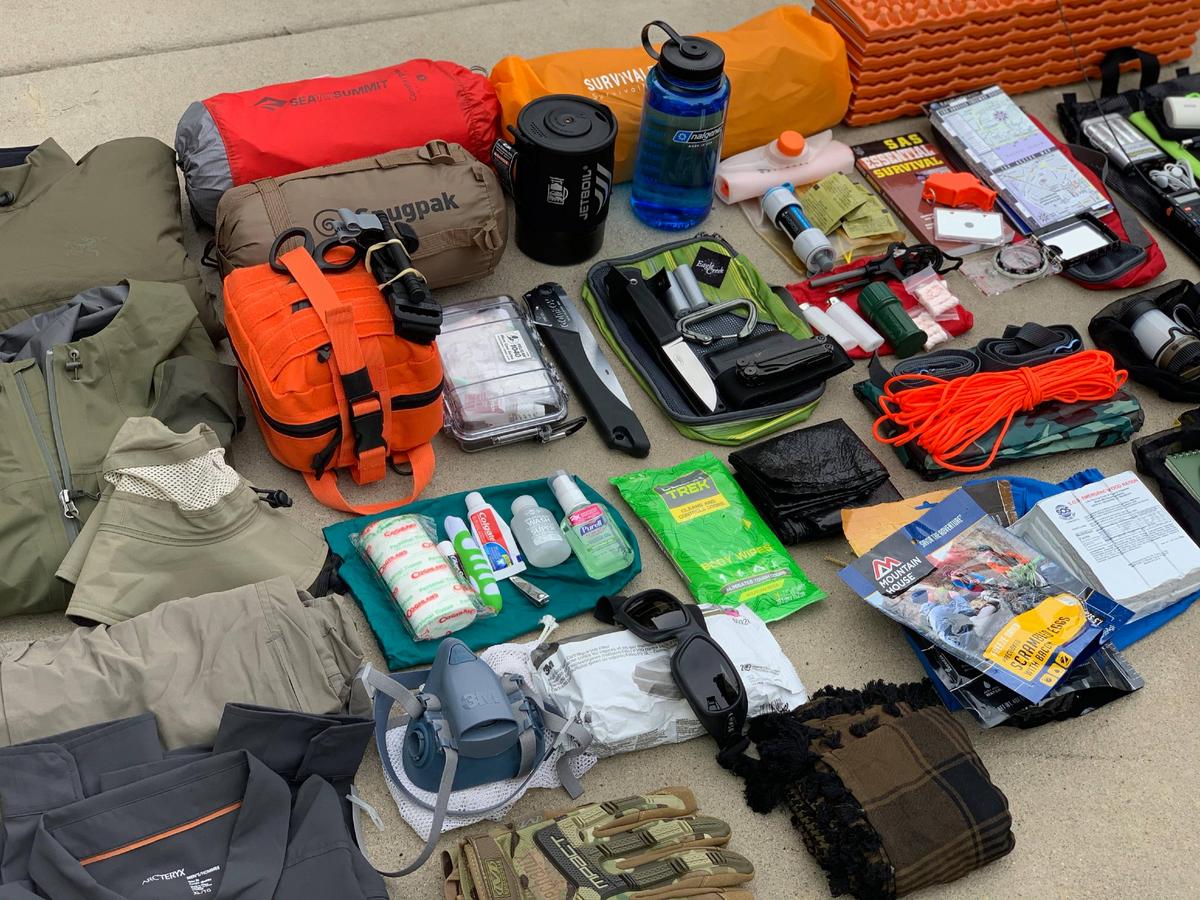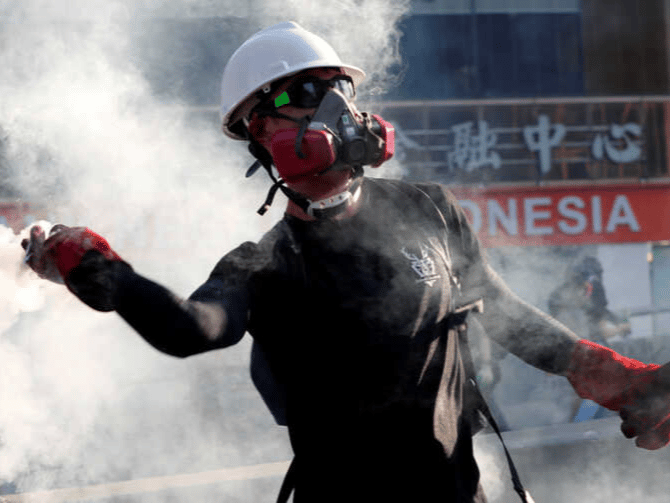

Shelter-in-place medical supplies for COVID-19
A more focused version of our home medical kit, customized for the COVID-19 crisis. Idea is to save you a trip to the doctor, or to support remote care via phone/video chat. Assumes you're starting from scratch / you have no other medical preps and are just thinking about this epidemic.

Bug Out Bag by gear category
The Prepared's recommended bug out bag, broken down by gear categories. Items are roughly prioritized within each category. Specific products are in some cases just an example. Everything on this list represents a full Level 3 bug out bag.

Individual First Aid Kit
The Prepared's expert-designed IFAK, split up intro three prioritized levels. More than a plain boo-boo kit, designed for the most likely range of traumas. Great for BOBs, and matches BOB levels. See the full guide: https://theprepared.com/bug-out-bags/guides/first-aid-kit-list/

Bug Out Bag by priority levels
Example products given for each item, representing a great kit. Broken down into prioritized levels. The levels build on each other — they are not separate bags. Level 1 is the minimum essentials. Level 2 adds sleeping gear and other nice-to-haves. Level 3 adds longer-term gear, such as a tent and extra batteries.

Protest Kit
Supplies to take with you when attending a protest. Protects you against the common weapons and tactics governments use to control crowds. Also helps with general crowd chaos and secondary crimes.